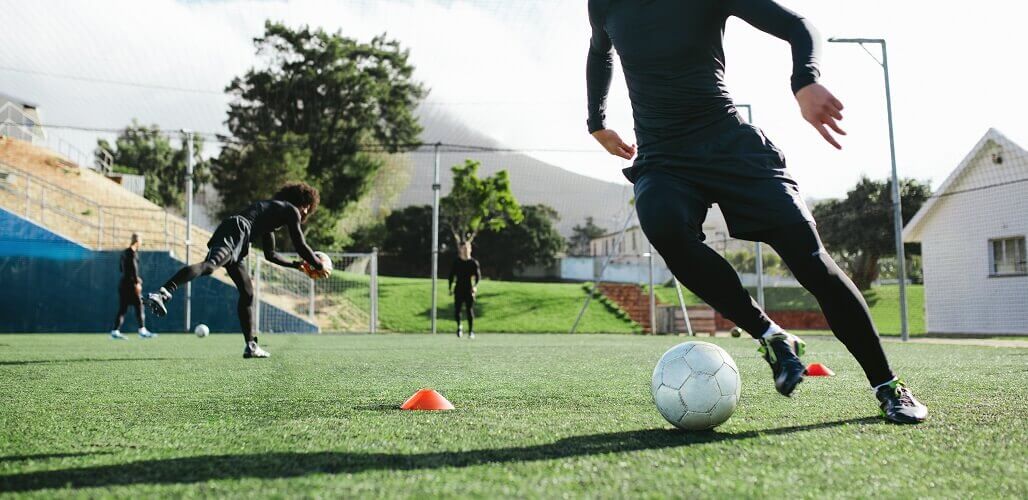
If you’re reading this, you probably have, or have had shin splints. This pesky injury is the Number One Most Common running injury, and tends to affect runners who are a little newer.
As an aside - I LOVE treating shin splints. They really can be a royal pain, but I find they resolve quickly and predictably with the proper education, exercises, and small movement adjustments.
Shin splints are the common term for pain that affects the lower bone region (tibia) of the leg. They can be on either the inside or the outside (the medial or lateral) aspect of the tibia. The pain can feel sharp at times, or perhaps dull and achy and more diffuse. It may even migrate around a little. You may notice it come on right away when you start to run, then it may fade away a bit, and then can be even worse later in the day or into the following morning. Sometimes it can almost feel like it’s “on” the bone, or other times it may run a little lower, moving closer towards the ankle.
If you have shin splints that are worse during running or feel especially bad with the impact of your foot, you should be wary of stress fracture.
During running, our foot rolls forward as it impacts the ground. It can roll forward from heel to toe, or maybe a little more from the forefoot. Regardless of style, the front compartment of the leg has to absorb much of these landing forces. If you’ve quickly escalated mileage, or introduced a lot of new variables to your running (e.g hills - especially down - or speed workouts), then there’s a good chance that these bones and muscles just haven’t quite caught up to what you’re asking them to do. In this case, your best bet is some rest, and then taking a good hard look at the last four weeks of your running schedule and making adjustments to do less and progress more slowly moving forwards. There is a good chance that your shoe choice is weighing into things, so it’s definitely important that you have someone with a trained eye take a look at what kind of kicks you’re wearing and combine these findings with the rest of your body movements. Despite contrary belief, minimalist shoes are not always the best for everyone, and the timing of when you’re introducing them into your running as well as the degree of minimalism is VERY, VERY important. There are a lot of people who tend to do better with a shoe that is perhaps slightly more supportive, especially during more acute phases of pain. Don’t be the person who reads “Born to Run” and decides that shoes are the devil.
Tightness in the calves can also be another common culprit. Gentle calf stretching throughout the day can be helpful to remedy this, as well as avoiding wearing high heels for long periods of time. For those of you who do well with massage - this can be a great spot to focus on (opposed to the painful side parts!)
As well, it’s important to consider the muscles that run along the sides of the shin to underneath the feet. I like to describe these muscles as the “stirrups” of the lower leg. If the calves are super tight, it could be that these stirrup muscles are being forced to work overtime to move your foot. If they are tight and/or weak, this can be a contributing factor as well. Take a peek at the first video below for a great way to target the ankle inverters - very common culprits to shin splints and other foot and ankle issues.
The second video is one of our most standard heel raise exercises. This one can be used for plantar fasciitis, Achilles issues, and shin splints, depending on how you want to bias it. WARNING - If you have symptoms with this - don’t push through! The dosage (how many, how often, what to tolerate) is SUPER important.
As always, take this article for what it is, an internet article with general suggestions, and don’t hesitate to reach out with any other questions. Remember, everyone is different, and what may work for you is likely going to be different than what worked for someone else.
Enjoy, and happy winter running!








